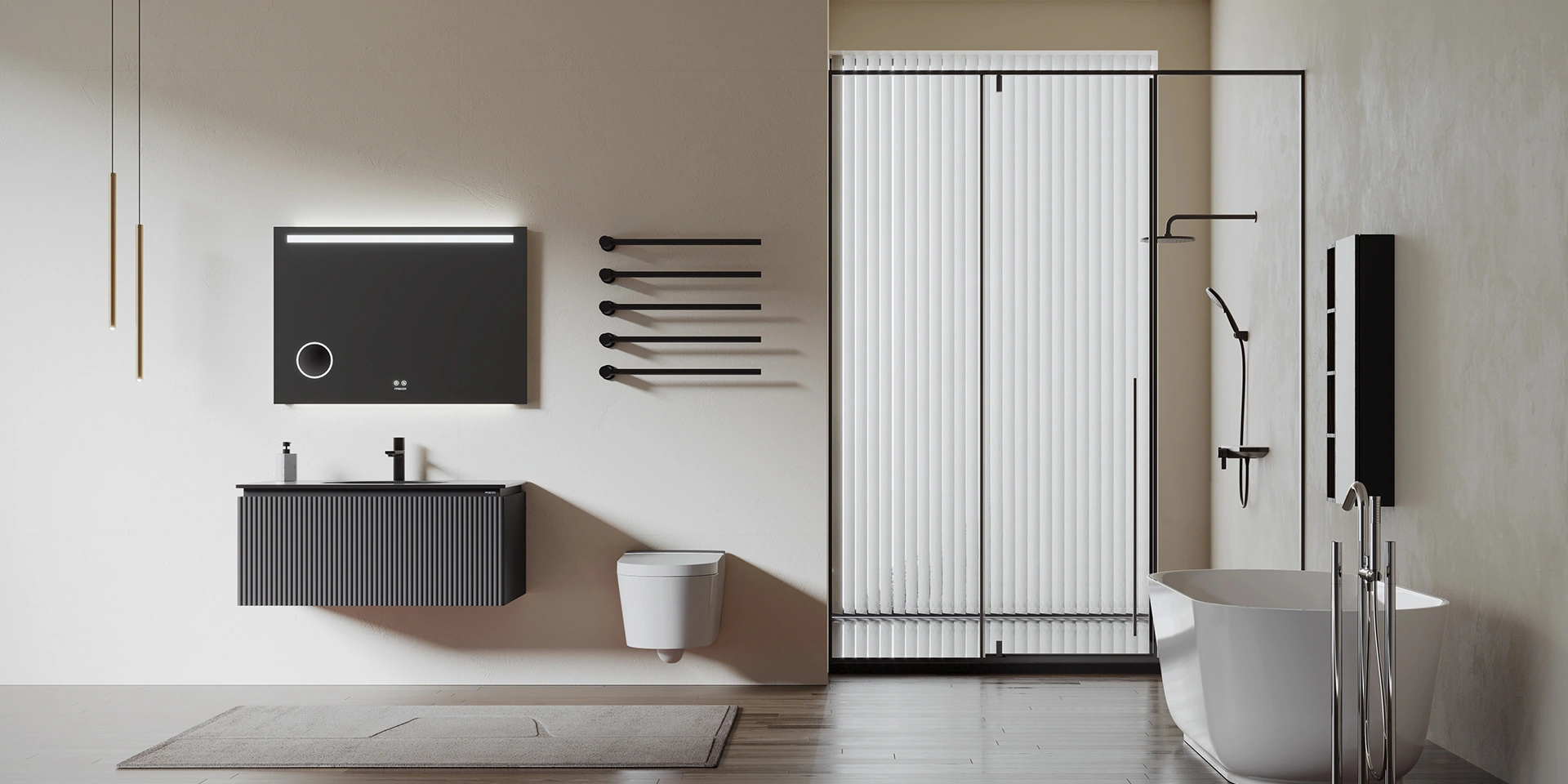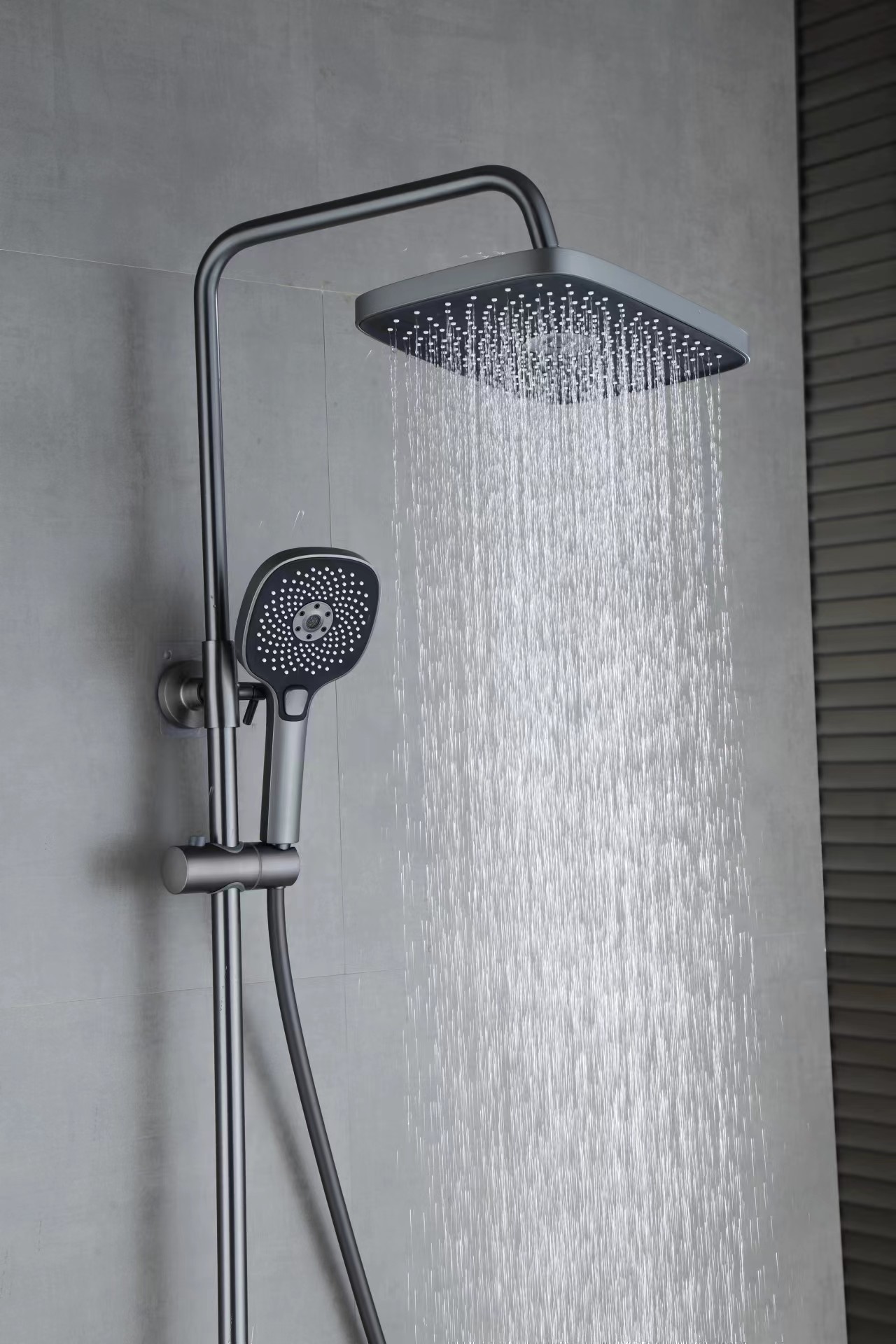Maximizing Efficiency: The Critical Role of Non-Woven Butyl Sealant Strips in Equipment Maintenance
Release time:
2025-07-03
Maximizing Efficiency: The Critical Role of Non-Woven Butyl Sealant Strips in Equipment Maintenance
Table of Contents
- Introduction to Non-Woven Butyl Sealant Strips
- Understanding the Composition and Properties of Non-Woven Butyl Sealant Strips
- Benefits of Using Non-Woven Butyl Sealant Strips in Equipment Maintenance
- Applications of Non-Woven Butyl Sealant Strips in Various Industries
- Installation and Maintenance Tips for Non-Woven Butyl Sealant Strips
- Comparison with Other Sealant Options
- Frequently Asked Questions (FAQs)
- Conclusion
Introduction to Non-Woven Butyl Sealant Strips
Non-woven butyl sealant strips have emerged as a vital component in the realm of equipment maintenance. With their unique properties and versatility, they play a critical role in enhancing the efficiency and longevity of industrial equipment. Butyl rubber, known for its excellent sealing capabilities, provides a reliable barrier against moisture, dust, and air, making these sealant strips an essential choice for various applications.
Understanding the Composition and Properties of Non-Woven Butyl Sealant Strips
To appreciate the effectiveness of non-woven butyl sealant strips, it is essential to understand their composition. These strips consist of a butyl rubber base combined with non-woven fibers, offering enhanced flexibility and strength. This unique combination allows for easy application and superior adhesion to various surfaces.
**Key Properties of Non-Woven Butyl Sealant Strips:**
- **Excellent Adhesion:** Non-woven butyl sealant strips adhere well to a range of substrates, including metal, plastic, and wood.
- **Water and Moisture Resistance:** These strips are impervious to water, providing a robust barrier that prevents leaks and water damage.
- **Temperature Resilience:** Non-woven butyl sealant strips can endure extreme temperature variations without compromising their integrity.
- **Acoustic and Thermal Insulation:** The non-woven fabric enhances soundproofing and thermal insulation, contributing to a more efficient working environment.
Benefits of Using Non-Woven Butyl Sealant Strips in Equipment Maintenance
Utilizing non-woven butyl sealant strips offers numerous advantages that directly contribute to equipment maintenance and operational efficiency.
Enhanced Durability and Longevity
The robust nature of non-woven butyl sealant strips ensures they withstand harsh conditions, thereby extending the lifespan of equipment. By preventing corrosive elements from infiltrating machinery, these strips help maintain optimal performance over time.
Improved Energy Efficiency
When used in equipment maintenance, non-woven butyl sealant strips contribute to energy efficiency. By sealing gaps and preventing air leaks, they reduce energy consumption and lower operational costs, making them an environmentally friendly choice.
Cost-Effectiveness
Investing in non-woven butyl sealant strips can lead to significant savings. Their durability minimizes the need for frequent replacements, and their energy efficiency contributes to lower utility bills. Furthermore, they reduce maintenance costs by preventing damage to equipment.
Applications of Non-Woven Butyl Sealant Strips in Various Industries
Non-woven butyl sealant strips are versatile and find applications across multiple sectors, ensuring efficient equipment maintenance and performance.
Manufacturing Industry
In manufacturing, non-woven butyl sealant strips are invaluable for sealing machinery, preventing leaks, and maintaining optimal operating conditions. Their application ensures that production processes are efficient and reliable.
Construction Industry
These sealant strips are commonly used in construction for weatherproofing buildings, sealing joints, and ensuring that structures maintain their integrity against environmental conditions. Their role in enhancing energy efficiency is particularly significant in green building practices.
Automotive Sector
In the automotive industry, non-woven butyl sealant strips are used to seal components and assemblies, providing protection against moisture and contaminants. Their ability to withstand vibrations enhances vehicle reliability and performance.
Installation and Maintenance Tips for Non-Woven Butyl Sealant Strips
Proper installation and maintenance of non-woven butyl sealant strips are crucial for maximizing their benefits. Follow these tips to ensure optimal performance:
1. **Surface Preparation:** Clean the surfaces thoroughly to remove dust, grease, and contaminants before applying the sealant strips.
2. **Application Temperature:** Ensure that the installation occurs within the recommended temperature range for optimal adhesion.
3. **Sealing Technique:** Apply the strips evenly, pressing firmly to eliminate air pockets and ensure a snug fit.
4. **Regular Inspection:** Periodically check the sealant strips for signs of wear or damage to address any issues promptly.
Comparison with Other Sealant Options
When considering sealant options, it is important to compare non-woven butyl sealant strips with traditional sealants such as silicone, polyurethane, and foam. Here are some key differences:
- **Adhesion Strength:** Non-woven butyl sealant strips typically offer stronger adhesion compared to silicone sealants, making them more reliable for critical applications.
- **Temperature Resistance:** While silicone can withstand high temperatures, non-woven butyl sealant strips perform well in both high and low-temperature environments, ensuring versatility.
- **Ease of Application:** Non-woven butyl sealant strips are easier to install than foam options, which can be cumbersome and messy.
Selecting the right sealant depends on the specific application and environmental conditions, but non-woven butyl sealant strips often emerge as a superior choice.
Frequently Asked Questions (FAQs)
1. What are non-woven butyl sealant strips made of?
Non-woven butyl sealant strips are made from butyl rubber blended with non-woven fibers, providing flexibility, strength, and excellent sealing capabilities.
2. Where can I use non-woven butyl sealant strips?
These sealant strips can be used in various industries, including manufacturing, construction, and automotive, for sealing joints, preventing leaks, and insulating components.
3. How do I install non-woven butyl sealant strips?
To install, clean the surface, apply the strips evenly, and press firmly to ensure good adhesion. Following manufacturer guidelines for temperature and application techniques is essential.
4. What are the benefits of using non-woven butyl sealant strips?
Benefits include enhanced durability, improved energy efficiency, cost-effectiveness, and compatibility with various surfaces and environments.
5. Can non-woven butyl sealant strips withstand extreme temperatures?
Yes, non-woven butyl sealant strips are designed to perform well in both high and low-temperature environments, making them suitable for various applications.
Conclusion
Non-woven butyl sealant strips are a game-changer in the field of equipment maintenance. Their unique composition, combined with a range of benefits, makes them an invaluable resource for industries looking to enhance efficiency and reduce costs. By understanding their properties, applications, and installation techniques, businesses can harness the full potential of these sealant strips to ensure optimal equipment performance and longevity. Investing in non-woven butyl sealant strips is not just a choice; it is a strategic decision to maximize operational efficiency and drive success in industrial applications.
Related News
Share
 Ruigad@Ruigad.com
Ruigad@Ruigad.com
 0592-6363076
0592-6363076








